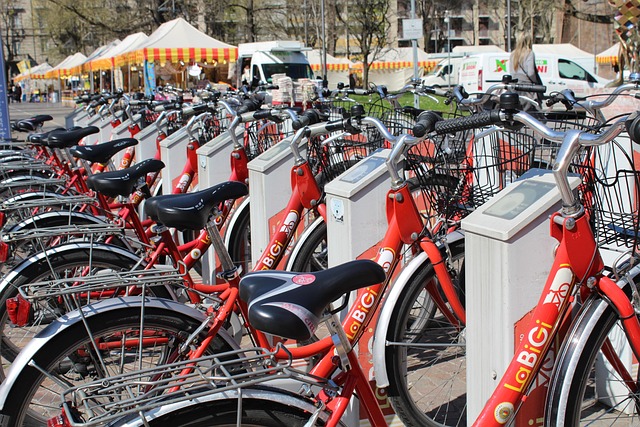Life in rural communities often brings a sense of connection to the land and a slower pace, yet connectivity and access remain vital. For sustainable development to truly take root in these areas, we need to look at how people and goods move. The traditional reliance on private vehicles, while convenient for some, presents significant challenges for the environment, social equity, and long-term economic viability.
Transport Sustainability in Rural Settings
Achieving transport sustainability in rural areas is distinct from urban challenges. Lower population densities, longer distances between destinations, and often limited public transport infrastructure create unique hurdles. Yet, the need is just as pressing. Sustainable transport means reducing emissions, conserving energy, minimizing land use for infrastructure, and ensuring transport options are accessible, affordable, and reliable for everyone, including those who don’t drive or cannot afford a vehicle.
Think about the farmer needing to transport goods to market sustainably, or the elderly resident needing to access healthcare without owning a car, or the younger generation seeking employment opportunities in a nearby town. These daily needs highlight the critical role of transport, and why a green approach is not just an environmental ideal but a practical necessity for rural well-being.
Sustainable Development Through Green Transport
Sustainable rural development isn’t just about agriculture or preserving natural landscapes; it’s about building resilient, thriving communities. Transport is the bloodstream of this development. Without effective, sustainable links, access to education, jobs, healthcare, and social activities is limited. This can lead to isolation, economic stagnation, and population decline.
Integrating green transport solutions can unlock new possibilities. It means less reliance on fossil fuels, cleaner air, reduced noise pollution, and potentially revitalized local economies through investments in new infrastructure and services. It’s about creating a transport system that serves the community’s needs today without compromising the ability of future generations in the countryside to meet their own needs.
Integrating Green Transport Policy Solutions
This shift requires deliberate effort and strategic green transport policy solutions tailored to the rural context. It’s not a one-size-fits-all approach. Effective policies need to consider local geography, community needs, and existing infrastructure. Examples include:
- Investment in Public Transport: Developing demand-responsive services, expanding bus routes using electric or low-emission vehicles, or supporting community transport schemes.
- Promoting Active Travel: Creating safe cycling and walking paths that connect villages and amenities, encouraging healthier lifestyles and reducing short car trips.
- Supporting Electric Mobility: Incentivizing the adoption of electric vehicles (EVs) and building charging infrastructure, considering the unique power grid challenges in some rural areas.
- Developing Shared Mobility Schemes: Facilitating car-sharing or ride-sharing platforms, especially for longer distances or specific purposes like commuting or medical appointments.
- Investing in Sustainable Freight: Looking at options for consolidating deliveries or exploring low-emission vehicles for local distribution.
- Policy Integration: Ensuring transport policies are integrated with land use planning, housing development, and economic strategies to create communities where residents don’t have to rely solely on cars for every journey.
The journey towards truly sustainable rural development, powered by integrated green transport solutions, is complex but achievable. It requires collaboration between policymakers, local authorities, communities, and businesses, driven by a shared vision for a greener, more connected, and more resilient rural future.




